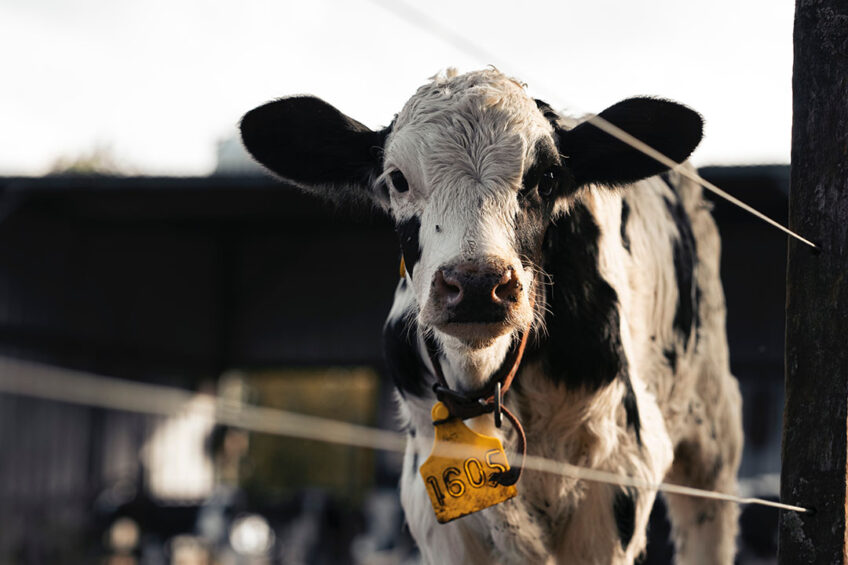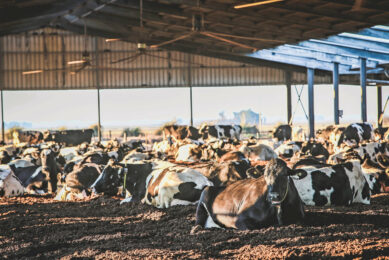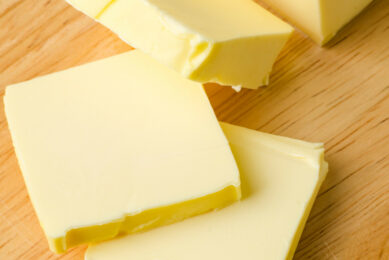Argentina’s dairy sector milks improved performance

Favourable weather, healthy herds and improved performance of Argentinian dairy farms boosted milk production by 4% in 2021. Meanwhile, exports remain strong, with whole milk powder the dominant product, but domestic consumption is strained due to a contraction in GDP.
Owing to improved performance, Argentine fluid milk production is on its way to its highest output since 2015 and is anticipated to reach 11,900 mmt in 2021. According to a USDA GAINS report, this growth is the result of a good start to the year followed by few hot and humid days boosted by a dry climate and the excellent condition of the herds. In addition, Argentina’s dairy farmers are reportedly managing their systems better, making use of technologies that favour production efficiency and animal comfort.
Production of 12,000 mmt of fluid milk is anticipated for 2022.
More milk means more cheese
Cheese production in Argentina in 2021 will increase by about 11% compared to 2020. The main reason for this increase is that there is a group of companies whose production of cheese follows the milk production curve.
Butter production
Butter production in 2020 reached 34,661 tonnes (including butter oil). For the period of January to September 2021, production of butter and butter oil rose 10.3%, totalling 29,784 tonnes. Total consumption is estimated at 14,600 tonnes, representing annual per capita consumption of 320 g.
Price-to-cost ratio continues to climb
The Cost of Production Index continues to rise more than the Price Index, mainly due to the increase in the cost of fertilizers and agrochemicals, many of which are imported. The Cost of Production Index in Argentina’s dairy farms accumulated an increase of 44.24% year-on-year versus the Price Index which increased 69% year-on-year. As a result, the Price-to-Cost Ratio increased 17.79% year on year.
Argentina accounts for the majority of national milk production
According to data from the Observatorio de la Cadena Lactea (OCLA – Dairy Supply Chain Observer), the Argentinian market accounts for 74.7% of the national milk production while the remaining (25.3%) is used for exports.
Consumption in Argentina in 2021 is projected at 1,710 mt due to a contraction in GDP. It is not anticipated that this will recover this year. The Argentine government has, however, attempted to support continued consumption through a variety of measures, including fixing prices of a wide range of products, including certain dairy products, in an effort to restrain inflation for staple food products.
Destination of milk to products
Argentina secures export markets
Domestic consumption is not expected to increase significantly, but exports are in a strong position as the world continues to see a steady increase in demand. Total exports for 2021 are estimated at 313 mt, which is almost 11% higher than in 2020.
• Whole milk powder – Argentina’s main dairy export product is whole milk powder with total exports for 2021 estimated at 142 mt. Algeria accounted for 73.4% of the total volume exported, followed by Brazil. Williner exported 16.2% of the total for this period, followed by NOAL (14.2%), and Mastellone Hnos. (10.6%).
• Whey and derivatives – The second most exported products were whey and whey derivatives. Arla Foods exported 37.2% of the total, followed by Molfino Hnos. (19.5%). China accounted for 34.6% of exports followed by Brazil (20.1%) and Indonesia (10.3%).
• Mozzarella – Mozzarella ranked third in export volume. Molfino Hnos. exported 61.6% of the 34,795 tonnes exported (30.7% more than in 2020), followed by Corlasa (13.9%), and Pampa Cheese (6.6%). Brazil was the main destination (40.3%), followed by Chile (13.6%).
• Butter – The main destination of Argentine butter is the export market, although there is little information regarding the exporters and the destinations. In 2020, it is estimated that 20,046 tonnes of butter were exported (57.8% of total production) and from January to September 2021, 4,927 tonnes of butter oil and 15,368 tonnes of butter were exported, totalling 20,295 tonnes. The precise figure is unknown because there were reportedly fewer than 3 exporters and the government restricts statistical data to protect their privacy. Customs information, however, points to Russia as the main destination (84% in 2020), followed by Saudi Arabia (4.9%) and Chile (1.8%). Regarding butter oil, the main destination was also Russia (60.4%) followed by Brazil (23.9%) and Peru (9.7%).
Argentina is a strong net exporter of dairy products, importing only limited quantities of dairy products from neighbouring countries.
The information in this article has been extracted from a USDA GAINS report.
Join 13,000+ subscribers
Subscribe to our newsletter to stay updated about all the need-to-know content in the dairy sector, two times a week.










